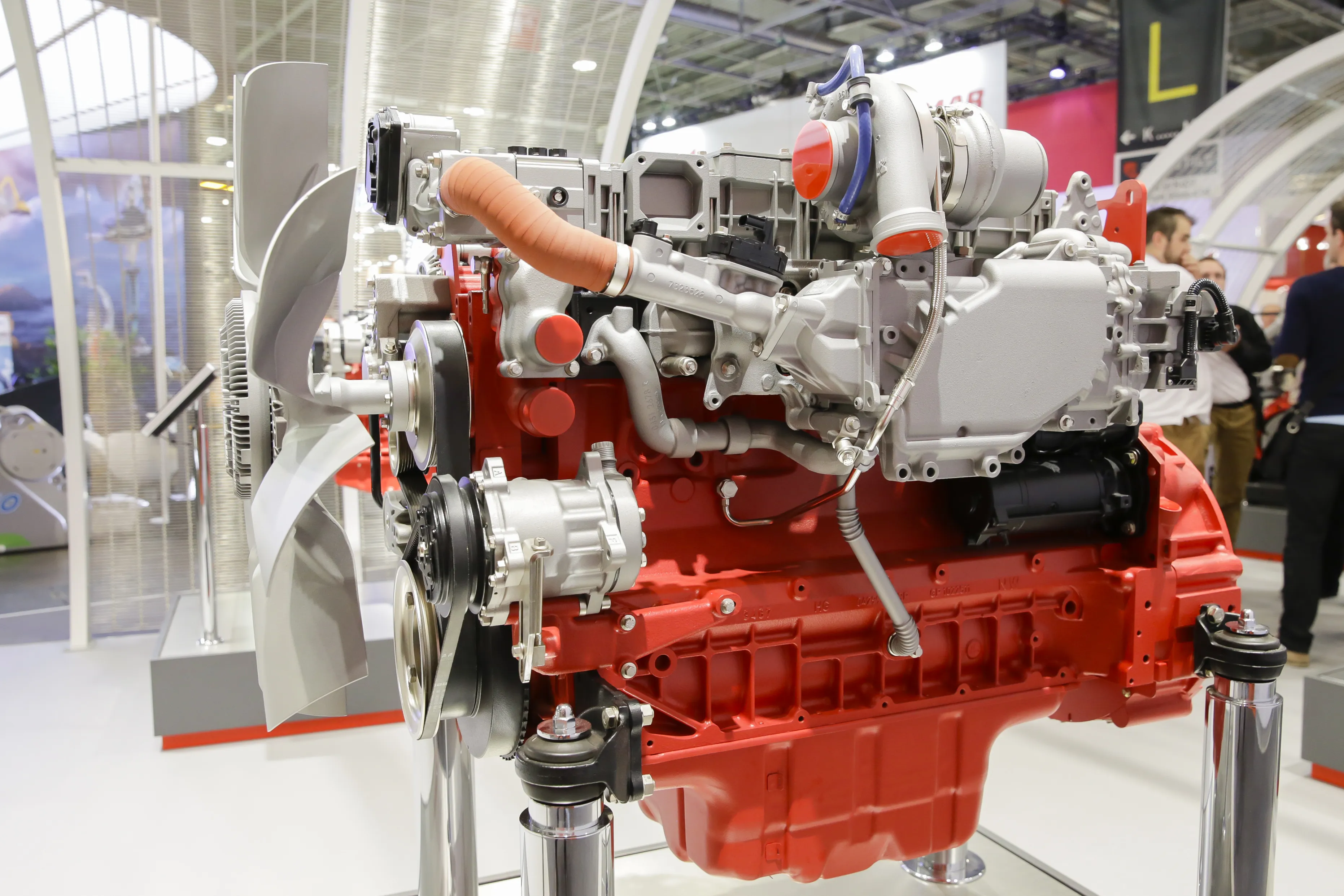Engine firm Deutz has announced its financial results for the first quarter of 2015. The firm says that business performance is in line with expectations. The company has seen a decline in unit sales and revenue due to the effects of advance production of engines in the previous financial year. However welcome news is that it has experienced a five-fold increase in operating profit.
The new orders received by the Deutz Group during the reporting period totalled €321.0 million, down by 22.5% from the previ
May 5, 2015
Read time: 2 mins

Engine firm 201 Deutz has announced its financial results for the first quarter of 2015. The firm says that business performance is in line with expectations. The company has seen a decline in unit sales and revenue due to the effects of advance production of engines in the previous financial year. However welcome news is that it has experienced a five-fold increase in operating profit.
The new orders received by the Deutz Group during the reporting period totalled €321.0 million, down by 22.5% from the previous year. But the first quarter was the strongest of the four quarters last year because of the high demand for engines ahead of the latest EU exhaust emissions standard. In the first quarter of 2015, new orders surpassed the figure for the fourth quarter of 2014 (€302.2 million) by 6.2%. Unit sales fell by 17%, from 44,457 engines in the first three months of last year to 36,907 engines in the same period of this year. DEUTZ had also sold more engines in the previous quarter. Revenue amounted to €318.1 million, down by 7.2% on the figure of €342.7 million reported a year earlier.
The Americas and Asia-Pacific regions achieved revenue growth, whereas the EMEA region (Europe, Middle East and Africa) saw a decline. Revenue had amounted to €352.3 million in the fourth quarter of 2014.
Despite the reduction in revenue, there was a five-fold rise in operating profit (EBIT), which climbed from €1.9 million to €10.1 million. This represents an EBIT margin of 3.2%. There were no one-off items in the period under review. The increase in the margin is in large part due to the positive impact from changes in exchange rates. Other reasons were growth in revenue from the service business and lower production costs.
Net income for the first three months of this year amounted to €7.7 million, which was up by €8.3 million compared with the same period in the previous year, when there was a net loss of €0.6 million.
The new orders received by the Deutz Group during the reporting period totalled €321.0 million, down by 22.5% from the previous year. But the first quarter was the strongest of the four quarters last year because of the high demand for engines ahead of the latest EU exhaust emissions standard. In the first quarter of 2015, new orders surpassed the figure for the fourth quarter of 2014 (€302.2 million) by 6.2%. Unit sales fell by 17%, from 44,457 engines in the first three months of last year to 36,907 engines in the same period of this year. DEUTZ had also sold more engines in the previous quarter. Revenue amounted to €318.1 million, down by 7.2% on the figure of €342.7 million reported a year earlier.
The Americas and Asia-Pacific regions achieved revenue growth, whereas the EMEA region (Europe, Middle East and Africa) saw a decline. Revenue had amounted to €352.3 million in the fourth quarter of 2014.
Despite the reduction in revenue, there was a five-fold rise in operating profit (EBIT), which climbed from €1.9 million to €10.1 million. This represents an EBIT margin of 3.2%. There were no one-off items in the period under review. The increase in the margin is in large part due to the positive impact from changes in exchange rates. Other reasons were growth in revenue from the service business and lower production costs.
Net income for the first three months of this year amounted to €7.7 million, which was up by €8.3 million compared with the same period in the previous year, when there was a net loss of €0.6 million.






